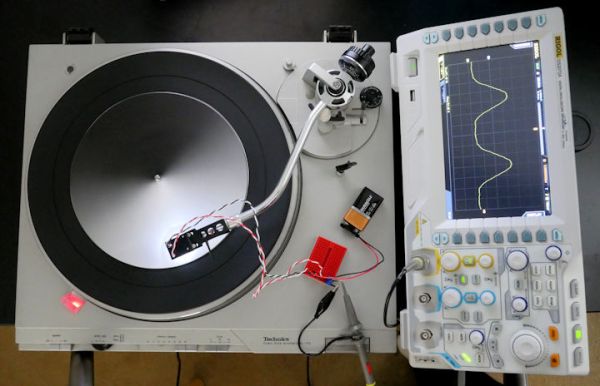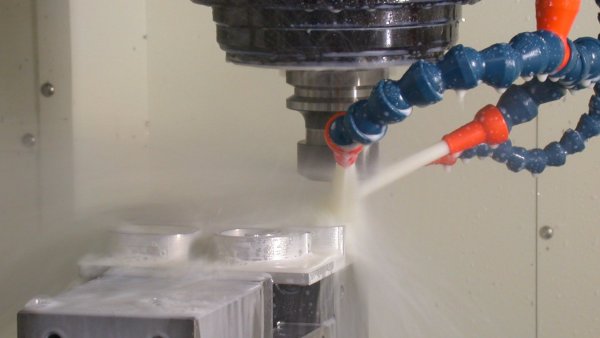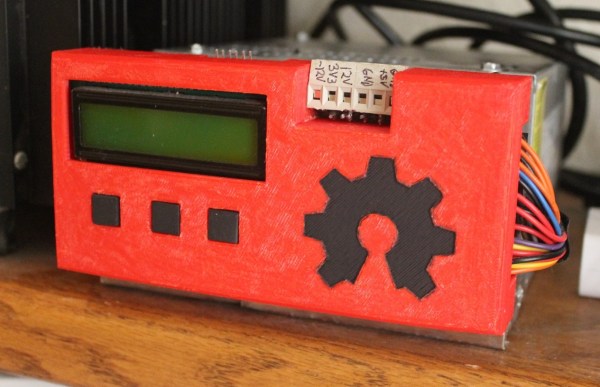Proxxon is a mostly German maker of above average micro tools. They do sell a tiny milling machine in various flavors, from manual to full CNC. [Goran Mahovlić] did not buy that. He did, however, combine their rotary tool accessory catalog into a CNC mill.
Owning tools is dangerous. Once you start, there’s really no way to stop. This is clearly seen with Goran’s CNC machine. At first happiness for him was a small high speed rotary tool. He used it to drill holes in PCBs.
In a predictable turn of events, he discovered drilling tiny holes in PCBs by hand is tedious and ultimately boring. So he purchased the drill press accessory for his rotary tool.
Life was good for a while. He had all the tools he needed, but… wouldn’t it be better if he could position the holes more quickly. He presumably leafed through a now battered and earmarked Proxxon catalog and ordered the XY table.
A realization struck. Pulling a lever and turning knobs! Why! This is work for a robot, not a man! So he pestered his colleague for help and they soon had the contraption under CNC control.
We’d like to say that was the end of it, and that [Goran] was finally happy, but he recently converted his frankenmill to a 3D printer. We’ve seen this before. It won’t be long before he’s cleaning out his garage to begin the restoration and ultimate CNC conversion of an old knee mill. Videos after the break.
Continue reading “Escalating To CNC Through Proxxon’s Tool Line” →





















